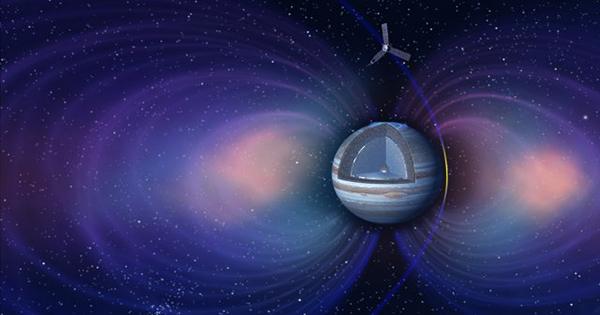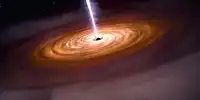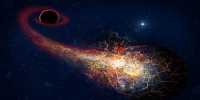Jupiter’s ice moon Europa is the main candidate for life beyond Earth due to the presence of deep salty seas beneath the frozen surface. However, an event known as effect gardening can make it difficult to find evidence of life on the surface. The surface of an airless solar system feels a constant stream of small effects. For Europe, Jupiter’s incredible magnetic field slammed into its bottom, adding high-energy electrons to the motion. This effect has been known for some time for gardening but the new work published in Nature Astronomy has determined how deep this effect goes.
The study suggests that for millions of years the garden has churned the top 30 centimeters (11.8 inches) of the moon’s surface. If any chemical signs of life, so-called biosynthetics are present on the surface, it will be affected. Lead author Emily Costello, a planetary research scientist at the University of Hawaii at Manoa, said in a statement, “If we want to find primitive, chemical biological traces, we need to look at the bottom of the area where the effects continue to grow.”
“Chemical biological markers may have been exposed to destructive radiation in a relatively small area compared to that area.” The study is the first to recognize the effects of secondary effects. These are produced by the debris revealed by the original effect, falling somewhat backwards. Biosignatures on the surface can be very difficult to see, but they can be impossible to find. The work suggests that the crates and regions of the figure formed in mid-high latitudes may be affected by low gardens.
“This work broadens our understanding of the basic processes of the Earth’s surface throughout the solar system,” said Cynthia Phillips, Europa scientist and co-author of the study at NASA’s Jet Propulsion Laboratory in Southern California. “If we want to understand the physical features and how the planets evolve in general, we need to understand the effect of gardening on the reconstruction of gardens.” This work is going to be important to inform the investigation of upcoming missions such as NASA’s Europa Clipper and the European Space Agency’s (ESA) Zeus mission. The missions will expand our understanding in Europe and beyond. It is important for these missions to be able to potentially see biosynthesis from orbit.













